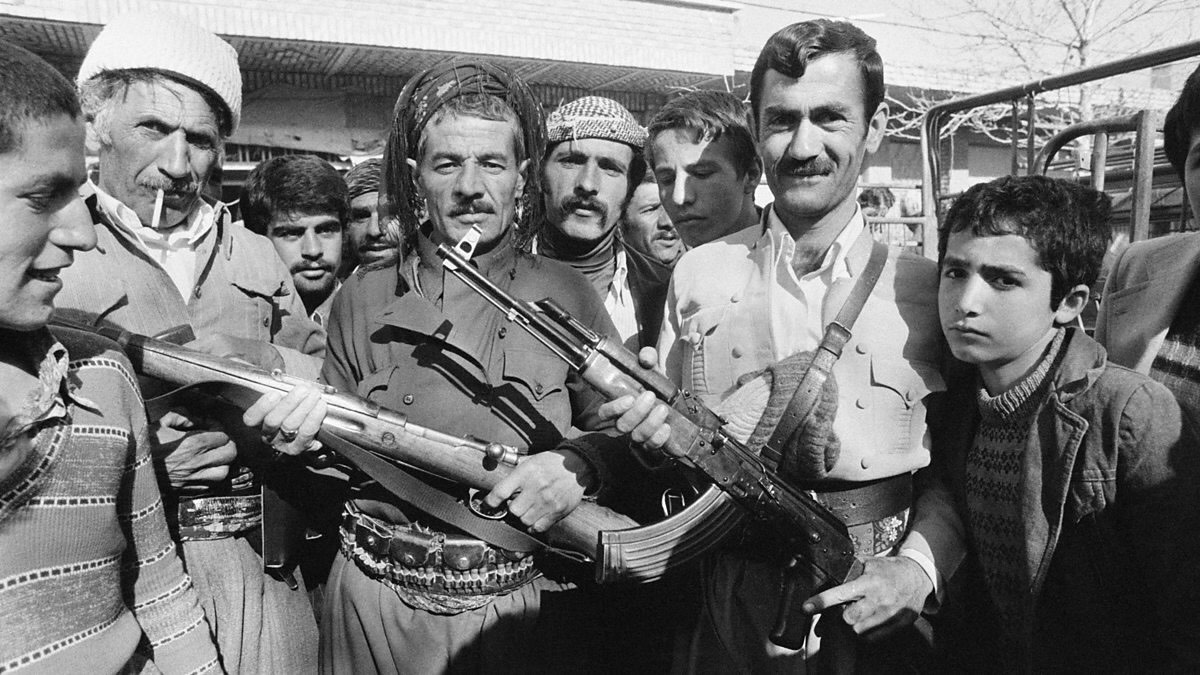
Why has the Kurdish rebellion in Iran persisted for so long? The Kurdish rebellion in Iran is a complex issue rooted in historical, cultural, and political factors. Kurds have long sought greater autonomy and recognition of their cultural identity within Iran. Iranian government policies often marginalize Kurdish communities, fueling discontent. Additionally, the rugged terrain of Kurdish regions provides a strategic advantage for rebels. External influences also play a role, with neighboring countries and global powers sometimes supporting Kurdish groups for their own interests. Economic disparities and lack of development in Kurdish areas further exacerbate tensions. Understanding these factors helps explain the enduring nature of the Kurdish rebellion in Iran.
Key Takeaways:
- The Kurdish rebellion in Iran has deep historical roots, with Kurds fighting for autonomy and rights since the early 20th century. Despite challenges, Kurdish culture and activism continue to thrive.
- The Iranian government has responded to the Kurdish rebellion with military suppression, economic neglect, and cultural repression. International involvement has been limited, but Kurdish activists continue to push for their rights.
Origins of the Kurdish Rebellion in Iran
The Kurdish rebellion in Iran has deep historical roots. Understanding its origins helps to grasp the complexities of the conflict.
- Kurdish Identity: Kurds have a distinct ethnic identity, language, and culture, which sets them apart from the Persian majority in Iran.
- Post-World War I: After World War I, the Treaty of Sèvres promised Kurds an independent state, but this promise was never fulfilled.
- Mahabad Republic: In 1946, Kurds established the short-lived Mahabad Republic in Iran, which was quickly crushed by Iranian forces.
- Pahlavi Repression: The Pahlavi dynasty, ruling Iran from 1925 to 1979, suppressed Kurdish cultural and political rights.
Key Events in the Kurdish Rebellion
Several significant events have marked the Kurdish struggle for autonomy and rights in Iran.
- 1979 Iranian Revolution: The revolution that overthrew the Shah also saw Kurds demanding autonomy, but their aspirations were unmet.
- Kurdish Uprising: In 1979, Kurds launched an uprising against the new Islamic Republic, which was brutally suppressed.
- Qarna Massacre: In 1979, Iranian forces killed dozens of Kurdish civilians in the village of Qarna.
- 1980s Conflict: Throughout the 1980s, Kurdish guerrilla groups engaged in armed conflict with Iranian forces.
Kurdish Political Movements
Various Kurdish political movements have played crucial roles in the rebellion.
- KDPI: The Kurdistan Democratic Party of Iran (KDPI) has been a leading force in the Kurdish struggle since its founding in 1945.
- Komala: Komala, a Marxist-Leninist Kurdish party, has also been active in the rebellion.
- PJAK: The Party for a Free Life in Kurdistan (PJAK) emerged in the early 2000s, advocating for Kurdish rights and autonomy.
- Kurdish Women: Kurdish women have been at the forefront of political and armed resistance, challenging both Iranian state repression and patriarchal norms.
Iranian Government's Response
The Iranian government's response to the Kurdish rebellion has been multifaceted and often harsh.
- Military Suppression: Iran has frequently used military force to crush Kurdish uprisings.
- Economic Marginalization: Kurdish regions in Iran suffer from economic underdevelopment and neglect.
- Cultural Repression: The Iranian state has imposed restrictions on Kurdish language and cultural expressions.
- Political Executions: Many Kurdish political activists have been executed by the Iranian government.
International Dimensions
The Kurdish rebellion in Iran has also had significant international implications.
- Iraqi Kurdistan: Kurdish rebels in Iran have often found refuge and support in Iraqi Kurdistan.
- US and EU: The United States and European Union have occasionally condemned Iran's treatment of Kurds but have not taken significant action.
- Turkey's Role: Turkey, which also has a large Kurdish population, has cooperated with Iran to suppress Kurdish movements.
- UN Involvement: The United Nations has documented human rights abuses against Kurds in Iran but has limited influence.
Current Situation
The Kurdish rebellion in Iran continues to evolve, with new developments and challenges.
- Human Rights Violations: Reports of human rights abuses against Kurds in Iran persist.
- Youth Activism: A new generation of Kurdish activists is using social media and other tools to advocate for their rights.
- Economic Struggles: Kurdish regions continue to face economic hardships, exacerbating tensions.
- Cultural Revival: Despite repression, there is a resurgence of Kurdish cultural activities and expressions.
- Hope for Peace: Some Kurdish leaders and Iranian officials have occasionally expressed interest in dialogue and peaceful resolution, but significant obstacles remain.
Final Thoughts on Kurdish Rebellion in Iran
The Kurdish rebellion in Iran has a rich history filled with struggles for autonomy and recognition. From the early 20th century to the present day, Kurds have faced numerous challenges yet remain resilient. Their fight for cultural rights and political representation continues to shape the region's dynamics. Understanding this rebellion provides insight into broader Middle Eastern conflicts and the quest for self-determination. While the path forward remains uncertain, the Kurdish spirit of resistance and hope endures. This ongoing struggle highlights the importance of human rights and ethnic diversity in fostering peace and stability. As we reflect on these facts, it’s clear that the Kurdish rebellion is not just a historical event but a continuing story of perseverance and courage.
Frequently Asked Questions
Was this page helpful?
Our commitment to delivering trustworthy and engaging content is at the heart of what we do. Each fact on our site is contributed by real users like you, bringing a wealth of diverse insights and information. To ensure the highest standards of accuracy and reliability, our dedicated editors meticulously review each submission. This process guarantees that the facts we share are not only fascinating but also credible. Trust in our commitment to quality and authenticity as you explore and learn with us.
